If you already have lenses designed for cropped digital sensors then you will probably be wisest to stick with that brand, otherwise, contrary to what most people do, it is probably best to work out what lenses you need (as these are often the most critical feature) and which system will provide them best in your price range.
Don’t get sucked in by megapixels – only go for 10-12mp in the cropped sensor format as more mp means less dynamic range, more image noise at high ISO, larger files to store, and potentially the same image detail unless using the highest quality lenses.
If dynamic range, low noise at high ISO or radio wireless remote TTL flash is more important to you than edge to edge image sharpness, choice of dedicated excellent lenses, built-in image stabilising, compact size and weight, and weatherproofing then there are two excellent Nikon DX dSLR’s depending on your budget and needs:
- Nikon D300
- excellent features, great for sports and action work but no video capture
- Nikon D90
- a highly regarded cropped sensor with benefit of a video capture mode but no continuous AF and lacks the high end features of the D300
The main problem with the Nikon DX system is choosing the best lenses for your needs and the lack of built-in image stabiliser.
If you need the smallest kit with HD video capture with continuous AF or you want a compact 14-28mm (in 35mm terms) lens, then the new Panasonic GH1 Micro Four Thirds system is the only way to go – see my last blog.
If you are embarking on serious deep sky astrophotography, then a Canon 450D or perhaps 40D with its IR filter removed and replaced is probably the best way to go.
For everyone else looking for a relatively compact system with excellent optics at reasonable prices, built-in image stabilisation and flip-out live LCD then, my preference is the Four Thirds system:
- if you need the BEST weatherproofing of all dSLRs, then the Olympus E-3
- you can pour water over this and it will still work (although not recommended you do this regularly – but at least it will not stop you shooting just when it gets exciting!)
- if you don’t need weatherproofing but still need the better action features of the E-3, then go for the new Olympus E-30
- added benefit of creative filters, multi-exposure and more
- if you can’t afford the E-30, then the Olympus E-620 has most of its features in a smaller, lighter package
The Olympus system allows you to use almost any legacy lens on it via an adapter and have it image stabilised which is fantastic for those who can’t afford all these expensive AF lenses, and has a brilliant range of AF lenses designed for the demanding requirements of digital including:
- a great kit lens, although the bigger, more expensive 14-54 or 12-60mm are excellent alternatives
- an extremely versatile ZD 50-200mm f/2.8-3.5 SWD lens which I use the most although it is a touch big and scary, but does great portraits as well as allows super-telephoto at 800mm reach with a 2x TC (see my blog)
- one of the sharpest edge to edge macro lenses – the ZD 50mm f/2.0 which is great for portraits as well as macro and matches very nicely with the 2x TC although this lens is due for a revamp to improve its AF speed and make it compatible with Micro Four Thirds AF
- a brilliant consumer grade ZD 9-18mm lens which gives 18-36mm angle of view in 35mm terms with minimal aberrations – see my blog
- and of course the brilliant super pro range including the ONLY constant f/2.0 high quality zoom lenses out there

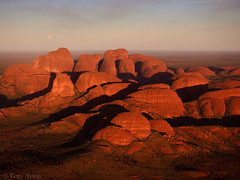
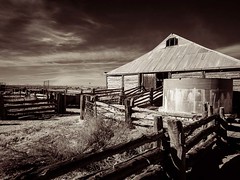
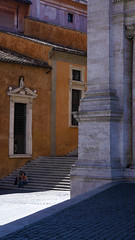
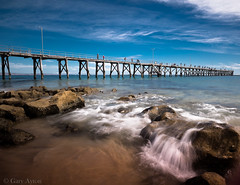


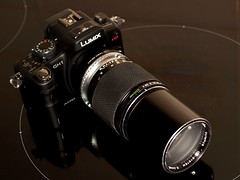



oh yes, I love the f2 zoom lenses! 🙂
I am aiming to get the Zuiko 7-14, but just wonder if you know at what quality level the 9-19 would be, i.e. what to compare it with? I am cocerned that it is placed as a consumer lens, and think of the Tamron 11-18, Sigma 10-20 etc. Is the 9-18 in the same quality range, or where would you place it when compared to the Canikon options?
The ZD 9-18mm is much sharper than the Tamron 10-24mm for Canon and Nikon – dpreview.com test here: http://www.dpreview.com/lensreviews/tamron_10-24_3p5-5p6_n15/page3.asp
So although it is a “consumer” level it is a very good one, and it has 4 advantages over the ZD 7-14mm:
– much cheaper
– much lighter
– able to fit filters such as ND gradients for landscape work
– contrast detect A compatible which should mean it will AF on Micro Four Thirds as well.